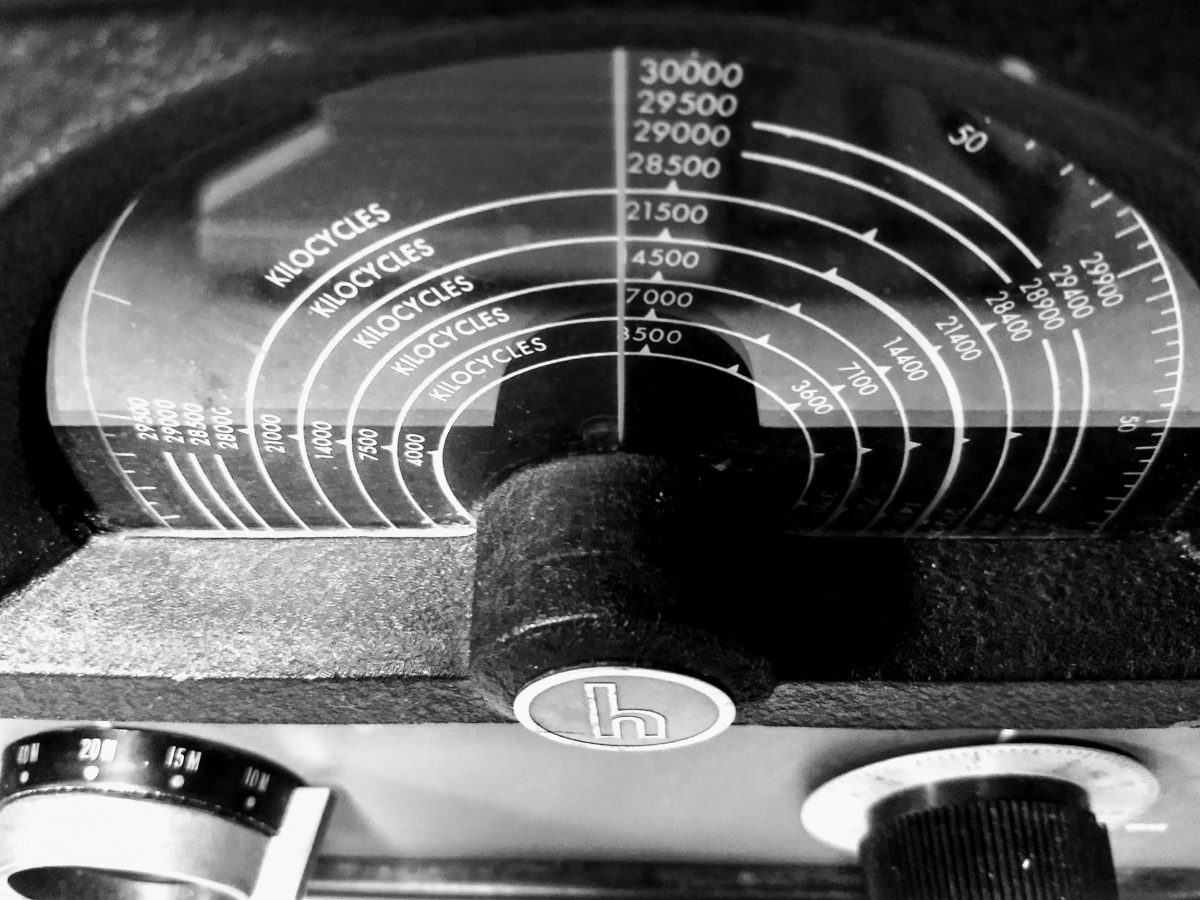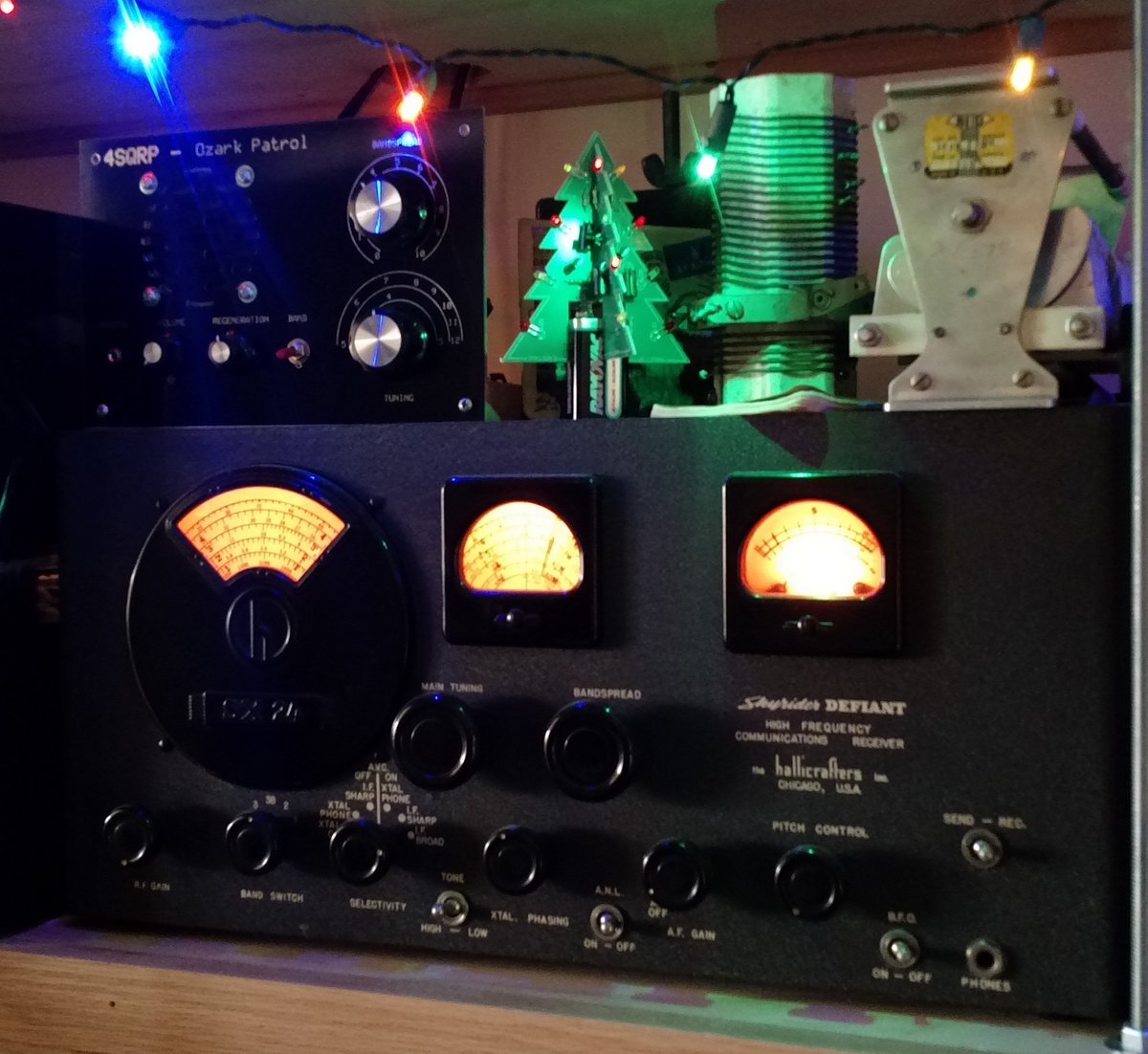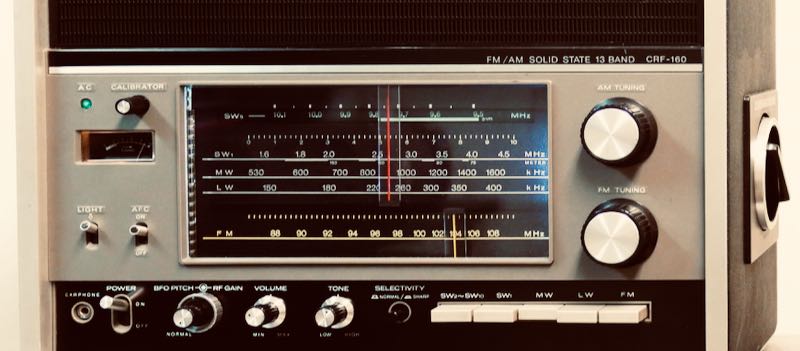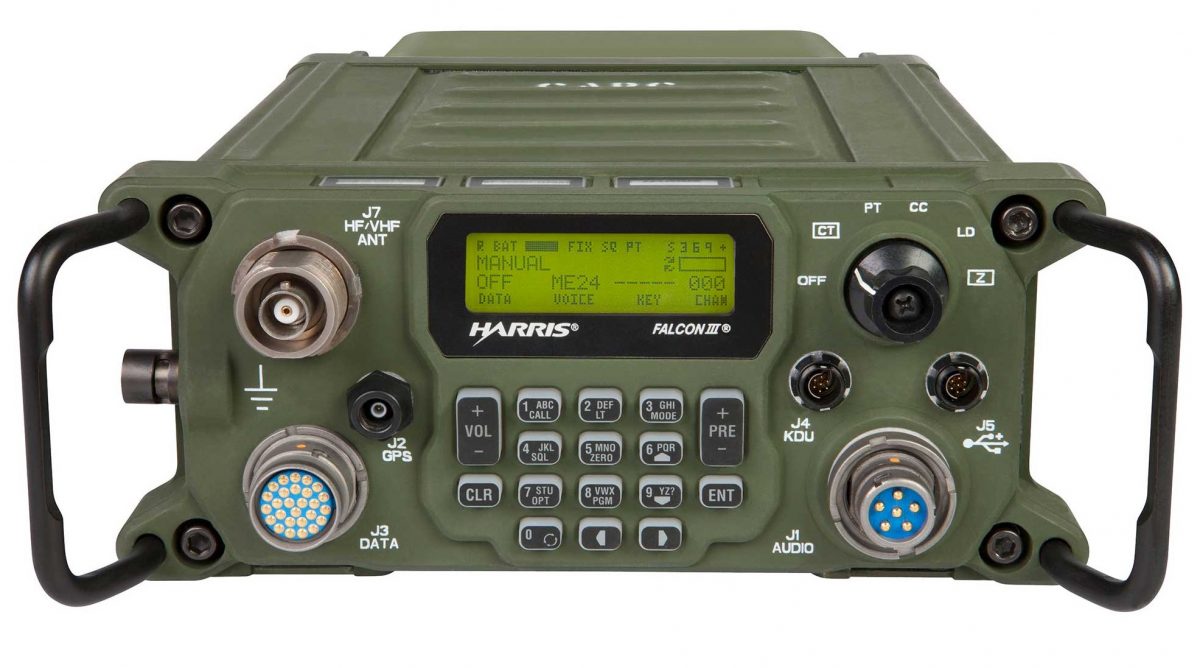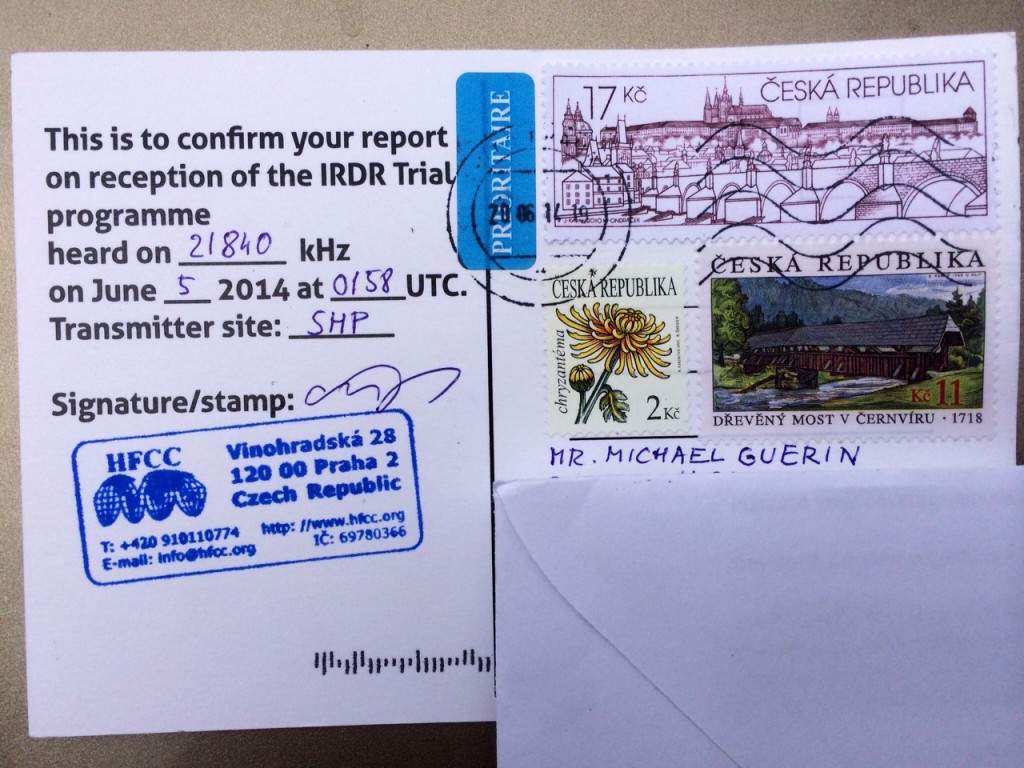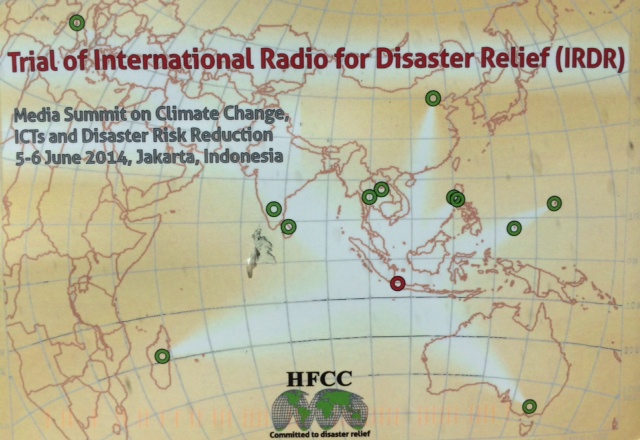Radio Waves: Stories Making Waves in the World of Radio
Because I keep my ear to the waves, as well as receive many tips from others who do the same, I find myself privy to radio-related stories that might interest SWLing Post readers. To that end: Welcome to the SWLing Post’s Radio Waves, a collection of links to interesting stories making waves in the world of radio. Enjoy!
Many thanks to SWLing Post contributors Dennis Dura, Ronald Kenyon, Michael Guerin, and the Southgate ARC for the following tips:
Commentary: “The Old Goats Are Going Away” (Radio World)
Broadcasters need to act to refill our ranks before the dial goes quiet
I see trouble ahead in our business in the shortage of qualified broadcast engineers.
I am not speaking of IT people. I am speaking of the guy in a T-shirt and jeans who gets to the transmitter, looks for the problem, reads the schematic, crawls inside the box and replaces R-16, R-17, C-232 and Q-4, and the music again blares forth.
We are losing those guys every day, and they are being replaced by the guy who walks into the site, looks at the box, grabs his cell phone, calls BE or Nautel to find which board to pull, and ships it back while waiting for a loaner to get the rig going.
I never thought of myself as an old-timer. Starting in the business in 1963, old-timers were the guys I learned from, mostly World War II graduates. They knew everything about audio and RF. I wished I knew a tenth as much as they did.
My first real bit of engineering was converting a 50 kW FM station to stereo in 1963. No one listened to FM then, I think there were 10 FM radios in the city and five were in Cadillacs owned by mob hit men.
I remember putting the stereo generator in an eight-foot rack. It took up four feet of the rack and had enough 12AU7s in it to heat the building. It had two outputs, one L+R that went into the phase modulator of the serrasoid exciter and the L–R output that went into the exciter about 200 multipliers later (the crystal frequency was multiplied 864 times).
It was a technical nightmare compared to mono FM. Getting two matched phased phone lines from the studio to the transmitter over three exchanges was another task. But we were stereo most of the time.
The FCC had a rule that if you weren’t transmitting stereophonic program material for more than a certain length of time, you had to shut the stereo pilot off so as not to mislead the 10 listeners by illuminating their stereo beacon. So the pilot on/off was wired into the old Rust remote control so the studio could turn it off when a monophonic recording of a symphony played.
Times changed; we wound up with RF STLs, stereo generators on a single chip, CD players, computers and lots of stuff made in foreign countries that wasn’t worth fixing or whose parts were not available, so when they broke they wound up on a shelf at the transmitter site.[…]
Voice of America CEO Accused Of Fraud, Misuse Of Office All In One Week (NPR)
Fresh crises and fresh challenges confront the Trump-appointed CEO of the parent of Voice of America, even with less than two weeks left of the Trump presidency.
To start, the Attorney General of the District of Columbia this week accused U.S. Agency for Global Media CEO Michael Pack of illegally funneling more than $4 million to his private documentary company through a not-for-profit that he also controls.
Then, five recent chiefs of Radio Free Europe/Radio Liberty – appointed under Democratic and Republican administrations – jointly warned President-elect Joe Biden that Pack poses “a long-term threat to the credibility and professionalism of the five networks” he oversees.
And now Pack is now being accused of trying to propagandize the Voice of America by a group of whistleblowers. They take exception to a planned appearance by Secretary of State Mike Pompeo at VOA’s Washington headquarters on Monday, just nine days before the Biden administration begins.
Pompeo will soon be out of his job. And it’s expected Pack will be replaced promptly as well. But he has sought to outlast his time in office by burrowing himself and conservative allies into boards that will steer Radio Free Europe/Radio Liberty, Radio Free Asia, and the Middle East Broadcasting Networks. The not-for-profit broadcasters are all funded by the federal government through USAGM.
Those networks, along with VOA and the Office of Cuba Broadcasting, collectively reach more than 350 million people across the world each week. They historically have demonstrated American pluralism by providing balanced coverage of news events and robust political debate, regardless of how it reflects on current government officials. The broadcasters are also intended to serve the citizens of nations which do not allow journalists to operate freely.[…]
Radio imports (Southgate ARC)
Now that the United Kingdom has left the European Union, we will see major changes in importing radio equipment.
Definitive information is scarce but imports from the UK can have VAT paid on purchase or depending on the retailer, VAT may have to be paid before delivery. If it comes via An Post, any charges will have to paid before the item is sent out for delivery.
The Post Office employees will not be collecting money at the door. Whether duty is also collected is not very clear, but some sources say that anything originating outside the European Union will attract duty as well as VAT. There may also be a handling charge.
John EI7GL has compiled a list of radio and electronic dealers based in the European Union on his blog page and would welcome any updates you can supply.[…]
TV drama about murder of radio ham G0HFQ (Southgate ARC)
On Monday, January 11, ITV will be broadcasting the first of a three part TV drama about the murder in June 1989 of Oxfordshire radio amateur Peter Dixon G0HFQ and Gwenda Dixon who were on holiday in Pembrokeshire
In the November 1989 Radio Communication magazine the RSGB asked:
Did you work GW0HFQ/M ?
As we’ve reported in previous editions of RadCom, Peter Dixon, G0HFQ. and his wife Gwenda were brutally murdered whilst on holiday in South Wales last June. Dyfed-Powys Police have asked us to say that they are still anxious to talk to anyone who had a contact with Peter whilst he was operating in Pembrokeshire as GW0HFO/M on 7 or 14MHz SSB. 28MHz FM/SSB or 144MHz FM. The dates between which they’d like you to check your logbooks are 19-29 June 1989.
Dyfed-Powys Police believe that Peter Dixon had a contact with another mobile station in the area on 28MHz FM on the morning of Wednesday 28 June.The drama will be shown on ITV at 9pm on Monday, January 11, details at
https://www.itv.com/presscentre/ep1week2/
pembrokeshire-murdersA description of the murder is at
https://www.nickdavies.net/1992/06/27/the-tantalising-mystery-of-a-murder-in-pembrokeshire/The October 1989 issue of 73 magazine carried a report, see page 13
https://worldradiohistory.com/Archive-DX/73-magazine/73-magazine-1989/73-magazine-10-october-1989.pdf
Do you enjoy the SWLing Post?
Please consider supporting us via Patreon or our Coffee Fund!
Your support makes articles like this one possible. Thank you!

